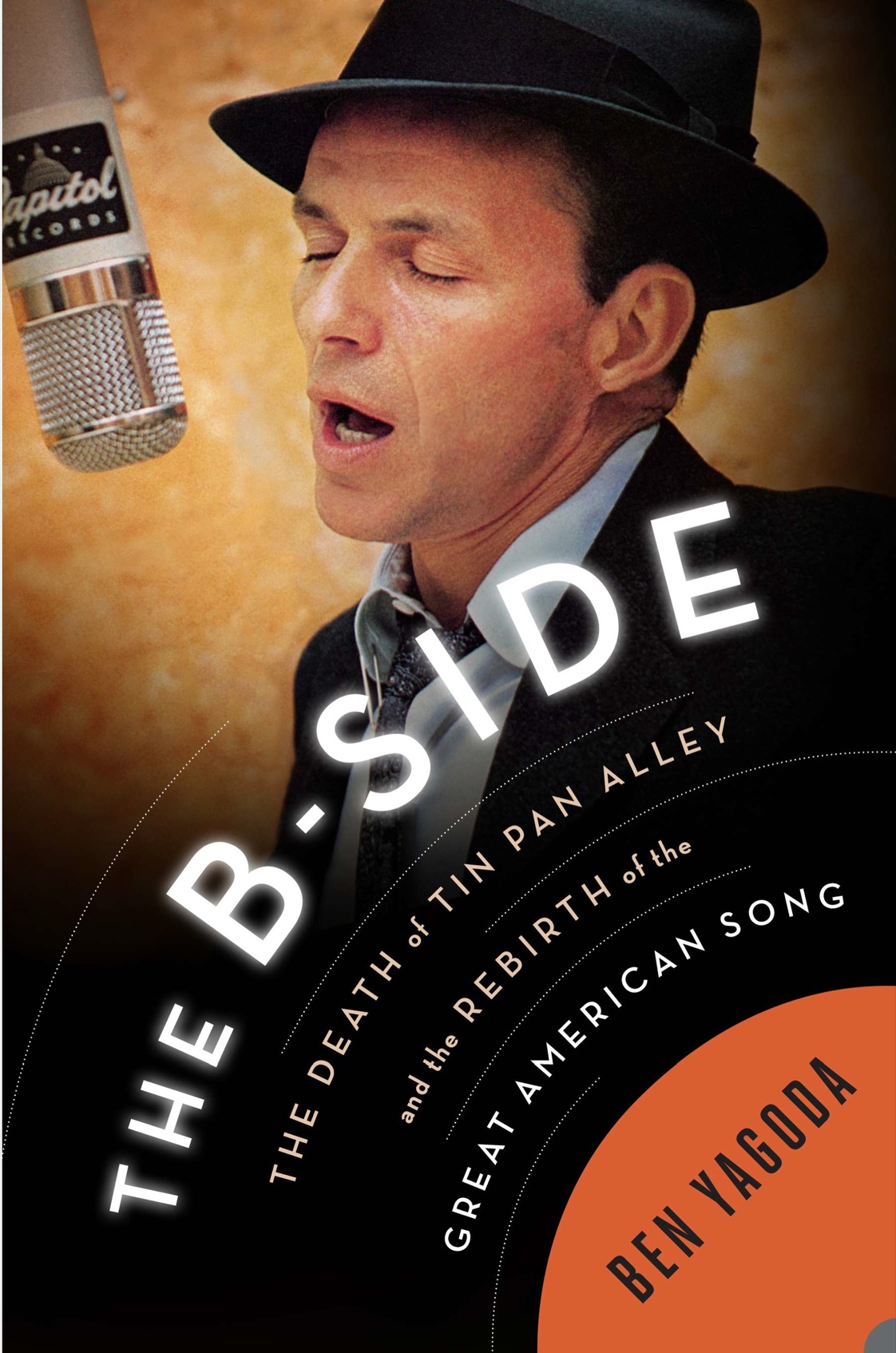
The B Side
The Death of Tin Pan Alley and the Rebirth of the Great American Song
کتاب های مرتبط
- اطلاعات
- نقد و بررسی
- دیدگاه کاربران
نقد و بررسی

November 24, 2014
Drawing on previously unavailable archival materials, as well as interviews with Linda Ronstadt, Randy Newman, and Jimmy Webb, among others, essayist Yagoda (Memoir: A History) energetically conducts a journey through the development of popular music in this vibrant piece of cultural history. In the first two decades of the 20th century, when sheet music was the primary way of selling music, writers and publishers searched relentlessly for any angle that would sell. Various cultural, institutional, and technological forces converged to advance the careers of individual talents, such as Jerome Kern, Irving Berlin, George Gershwin, and Cole Porter. By the 1950s and 1960s, however, the business of marketing and hit making altered the landscape of popular music so that the emphasis was on selling products rather than on making good, memorable songs. Yagoda points out in this wonderful history that even during the decline of the older songbook of standards, younger songwriters—including Joni Mitchell, Jackson Browne, and others—were emerging to write new standards, so that “if you close your eyes while listening to McCartney’s ‘Yesterday,’ you’d swear you were listening to a lost classic from the great American songbook.”

Starred review from November 1, 2014
The latest from Yagoda (Journalism/Delaware Univ.; How to Not Write Bad, 2013, etc.) shows good ears, strong critical instincts and an unabashed love for a variety of music, including the rock 'n' roll that supposedly closed the pages on the Great American Songbook-the few hundred standards that have endured through a wide variety of distinctive interpretations."The songs were composed with sundry goals in mind, producing great art rarely being one of them," writes the author. "But the songs...took on lives of their own: it turned out they lent themselves to being interpreted in different styles and with different approaches by a range of singers and musicians. They became a repertoire, a canon, repeatedly redefined by distinctive performances." They had their heyday in the first half of the 20th century, and they were the work of the likes of Irving Berlin, Cole Porter and dozens of others. In a conversational style and using an anecdotal approach, Yagoda traces the effects of the broadening from a New York-centric concentration to a wider expanse of vernacular popular music, the shift from sheet music to records and radio, the battle between ASCAP and BMI for licensing, the popular dominance of jazz during the big band and swing eras and its decline with bebop, the ascendance of the singer (who had once been a bit player in the jazz band) and, ultimately, the rock revolution in which songwriter and performer were often the same artist. He makes a convincing case that songwriting was on the decline (and production gimmickry on the rise) before rock and that rock performers have not only helped keep the standards alive, but have extended sophisticated songwriting through the likes of Randy Newman, Jimmy Webb and many others. "The final page had been turned on one songbook," he concludes. "Another was just starting to be written." Yagoda appreciates both. A provocative, consistently engaging counternarrative to the conventional wisdom that rock 'n' roll killed Tin Pan Alley.
COPYRIGHT(2014) Kirkus Reviews, ALL RIGHTS RESERVED.

December 1, 2014
In his last book, You Need To Read This, Yagoda (journalism, Univ. of Delaware) explored the language wars raging across the English language the last few decades. Here the author uses his detective skills to explore the thematic ribbon of the American songbook, from Irving Berlin to John Lennon. Beginning with the birth of Tin Pan Alley in 1885, the story of the American songbook twists and turns through its relationship with Broadway, Hollywood, U.S. copyright law, radio, television, record companies, and evolving popular tastes. In each chapter, Yagoda demonstrates how music's relationship with each of these entities simultaneously sustained and eroded the traditional definition of the great American song. Though the rise of Elvis, Bob Dylan, and the Beatles would forever change America's musical landscape, the remnants of Tin Pan Alley still ring through the chords of tomorrow's next big hit. VERDICT An entertaining and thoroughly researched exploration of America's songwriting history. With deftness of pen and skill, Yagoda has produced a work that will appeal to both musicologists and fans. [See Prepub Alert, 7/21/14.]--Joshua Finnell, Denison Univ. Lib., Granville, OH
Copyright 2014 Library Journal, LLC Used with permission.

December 1, 2014
They don't write songs like they used to. Cultural critic Yagoda declares that the qualitative peak of popular (Tin Pan Alley, Broadway, Hollywood) songwriting occurred roughly from 1925 through the end of WWII, though without clarifying the terms, other than a vague musical and lyrical sophistication, and he assumes that readers (and listeners) will concur. He offers innumerable examples of standouts of the era by Richard Rodgers, Cole Porter, the Gershwins, and Irving Berlin, among others, and asserts strongly that after that period there was a precipitous decline due to individual, cultural, and internal music-industry factors (notably the warfare between ASCAP and BMI), with Mitch Miller of Columbia Records a particularly malevolent element. The nadir was the 1950s, and Yagoda summons a large body of evidence, however subjective. In the book's final section, he explains why there was a later revival of the standards and a reemergence of fine songwriting (from Smokey Robinson to Randy Newman). The book is necessarily opinionated and subject to argument, but it will draw devotees of the Great American Songbook. The title is puzzling; the subtitle says it all.(Reprinted with permission of Booklist, copyright 2014, American Library Association.)

























دیدگاه کاربران